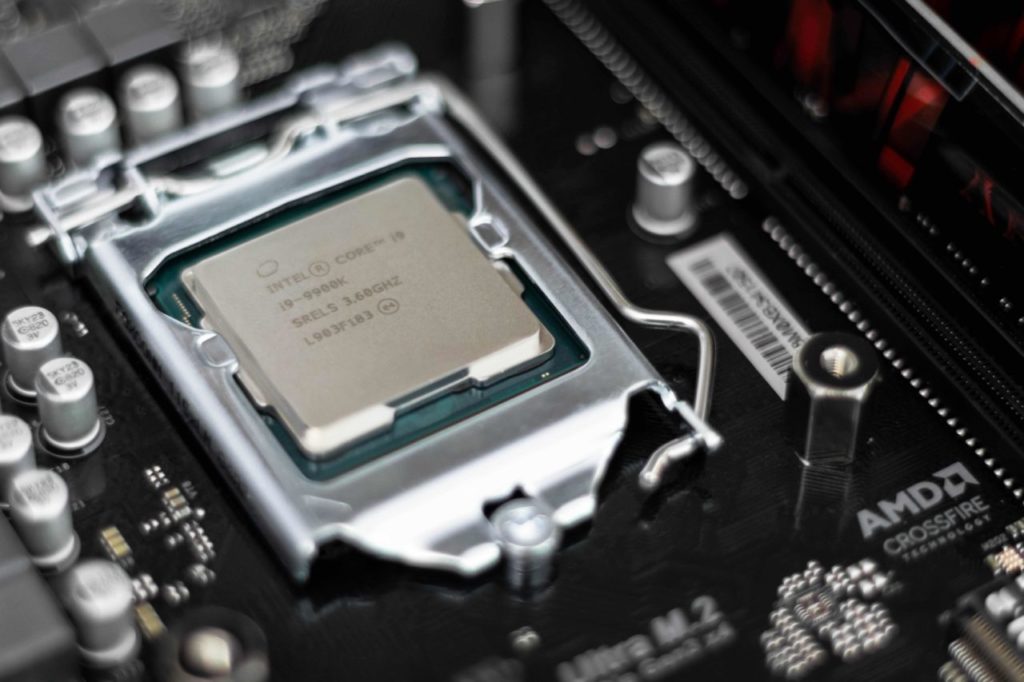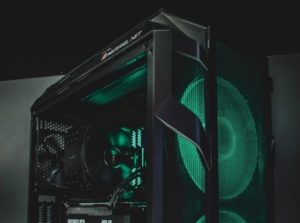Is your computer crashing more and more often and you can't find an explanation for it? You've already checked everything, but you can't find an explanation at all. The reason for your computer crashes can be very simple and can be an overheated CPU. Modern CPUs usually have a function that allows you to display their temperature. If you then have the right tools, you can even monitor this temperature and be warned by an alarm that the CPU is overheating.
But before you check the CPU temperature, it is important that you also know the most optimal temperature of it. This is usually between 60 and 70 degrees - it should not rise above that. In order to read the CPU temperature on your computer, it can be helpful if you download a small freeware program. This will use your CPU's temperature sensors and will not obtain its data from its own measuring devices.
For this reason, it doesn't matter whether you read the CPU temperature under Windows 10 or Windows 7. In most cases, the freeware programs constantly display the current temperature. In many of the programs there is the possibility to enter the determined values in a log file or to take a screenshot of the measurements as "evidence".
Check CPU temperature - how it works!
So if you have installed the program, look in the “Options Settings” for the measurement intervals. You can adapt these to your needs here. To do this, simply enter your desired duration under "Temperature log interval" (specified in seconds).
In the "Options - Overheating protection" you can then set a temperature warning - if you want that. To do this, you simply have to tick the “Activate overheating protection” box and then enter your desired value under “Activate at a certain temperature”.
In the taskbar you now always have the CPU temperature under control and if you have activated the warning function, nothing can go wrong here.
Show CPU temperature in BIOS - how it works!
The BIOS (basic input/output system) is your computer's firmware. This small chip has been found in every PC since the 70s. The basic settings are stored in “CMOS static RAM”, which is controlled by the mainboard battery is supplied with energy.
The BIOS has the task of testing the most important hardware components (POST) and initializing the hardware. This then makes it possible for your system to communicate with all components. If there are any errors, different warning tones will sound - you can find out what they mean in the manual.
Maybe you also know that you can read the CPU temperature with the help of the BIOS. And the nice thing about it: You don't even need an additional program for this. To display the CPU temperature in the BIOS, open the BIOS menu when booting up your computer.
Depending on the manufacturer, this can be the F1, F2 or Del keys. Now the BIOS will provide you with a lot of different setting options. Look for a menu item that says something like "Hardware Monitor", "H/W Monitor", "PC Health" or just "Health". Now go to this menu item with the arrow keys or the cursor of the mouse and select it. Under the entry "CPU temperature" you can now see the current value.
Help! The temperature is too high!
As already mentioned, the temperature of the CPU should not rise above 60 to 70 degrees (many manufacturers mention values of 100 degrees and above - in our opinion a much too high value). If the temperature of your CPU is too high, you can do the following.
- You can use a suitable freeware program to increase the speed of the fan and thus reduce the temperature.
- By removing the case, you can reduce heat build-up. Of course, this is not a permanent solution, because the hardware should not be directly exposed to dirt and dust.
- Check your processor for errors.
- Which cooler does your system use? A passive maybe? Then install an active cooler, that will also help to lower the CPU temperature permanently.
These little tips can already bring you the required degrees of cooling for your system. A permanently high CPU temperature not only increases your power consumption significantly and makes your fan work extremely loud, it can also lead to crashes and permanent damage to the CPU. Then you can only save your computer by installing a new processor and a new processor cooler.








